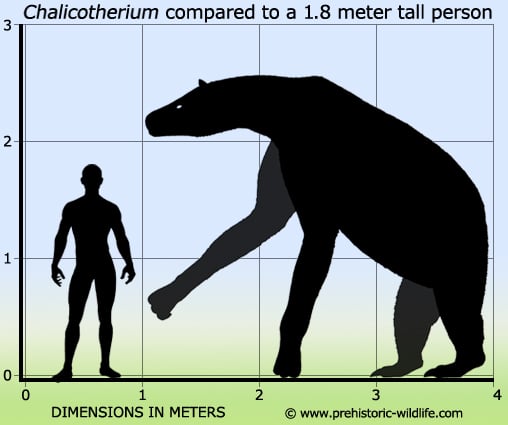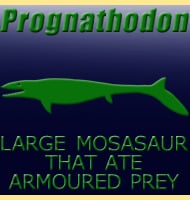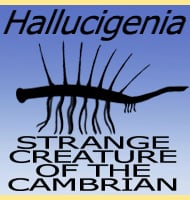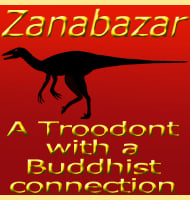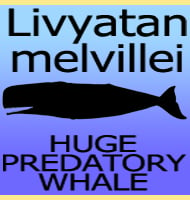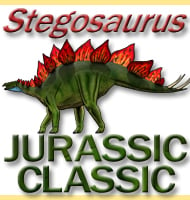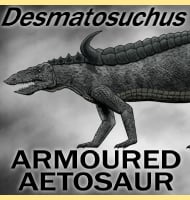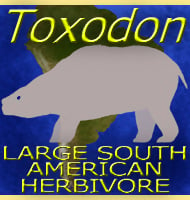In Depth
Chalicotherium is the type genus of the Chalicotheriidae, strange herbivores that look like hybrids between horses and ground sloths. The horse comparison comes from the shape of the head that is similar in form and proportion to that of a horse, while the body is supported upon two long front limbs and two squat rear limbs which lead to the comparison to ground sloths like Megatherium.
For most of its time Chalicotherium would have been a quadrupedal animal that was not particularly fast but stable on its feet. However while the rear limbs were suited to constant contact with the ground and offered the main weight bearing support, the front limbs were only used for support when Chalicotherium was walking forwards. These front limbs actually ended in elongated claws so large that when Chalicotherium walked on all fours the claws had to be folded to face backwards so that it was actually the knuckles that bore the animals weight.
When Chalicotherium stopped to feed upon a plant it would lean back to support itself on its hind legs while using the longer fore arms to gain additional reach into the tree canopy. This is why Chalicotherium was careful with its claws when it was walking, as these claws allowed Chalicotherium to reach around branches and pull them down towards the mouth just like the large ground sloths. The pelvis that the rear legs connected to was also well developed for supporting Chalicotherium as it reached up to feed with bony growths on the hip region indicating an increased level of wear for this region.
Aside from the long front limbs and claws Chalicotherium had a further specialised feeding adaptation. When the animal grew to adulthood the anterior teeth (incisors and canines used for snipping and shearing) where shed from the mouth leaving only the molars at the back. This means that Chalicotherium had to rely upon its lips, gums and possibly tongue to strip of off what was presumably softer vegetation and possibly fruits from high up (tough vegetation usually requires the use of specialised teeth for removal). Once this plant matter was in the mouth it was ground by the round molars before swallowing. These pebble-like molars are the inspiration for the name Chalicotherium which means ‘pebble beast’.
Chalicotherium was quite a large animal for the Miocene which meant that the only animals that it had to worry about were possibly predators such as bear dogs like Amphicyon. As briefly mentioned above Chalicotherium is the type genus of its group, with two other similar creatures being Moropus from North America and Kalimantsia from Europe.
Further Reading
– Stratigraphy, chronology, biogeography, and taxonomy of Early Miocene small chalicotheres in North America. – Journal of Vertebrate Paleontology: Vol. 21, #3, pp. 607–620. – M. C. Coombs, R. M. Hunt Jr, E. Stepleton, L. B. Albright III & T. J. Fremd – 2001. – New material of Chalicotherium from the Tsaidam Basin in the northern Qinghai-Tibetan Plateau, China. – Palaeontologische Zeitschrift, Vol 75, Fascicle 2. Pages 219-226. – Xiaoming Wang & Banyue Wang – 2001. – The origin of chalicotheres (Perissodactyla, Mammalia) – Palaeontology: Vol. 47, #6, pp. 1363–1386. – J. J. Hooker & D. Dashzeveg – 2004.
